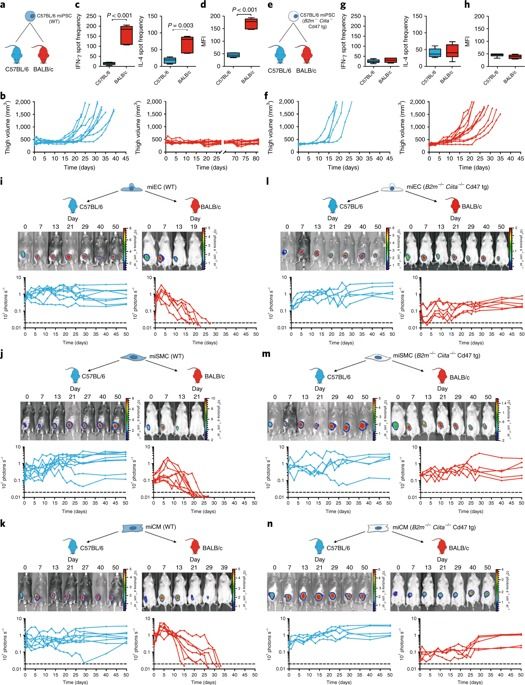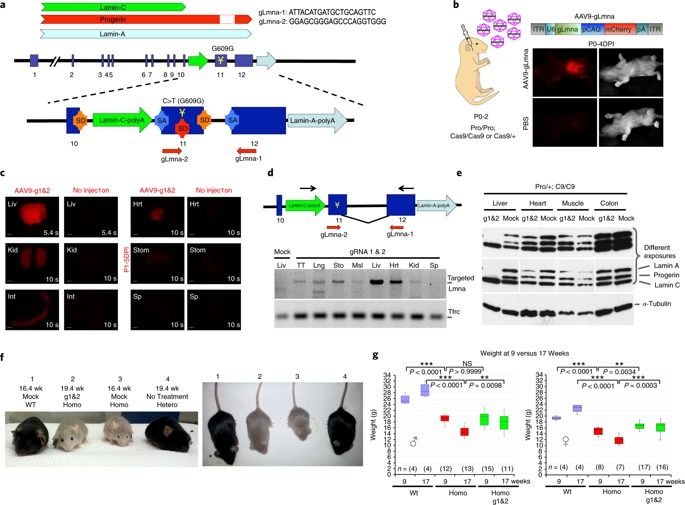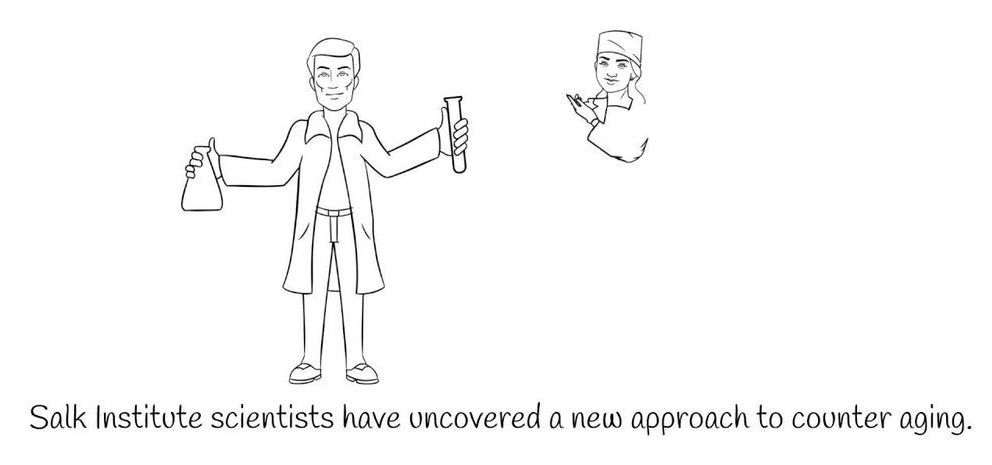Feb 20, 2019
First human gene therapy surgery attempts to halt common form of vision loss
Posted by Genevieve Klien in category: biotech/medical
In an extraordinary milestone procedure, scientists in the UK have performed the first gene therapy operation aimed at stopping progression of the most common cause of vision loss. The success of the procedure is yet to be determined, however the scientists suggest this one-off operation could be performed early in the degeneration process and essentially halt the disease in its tracks.

















